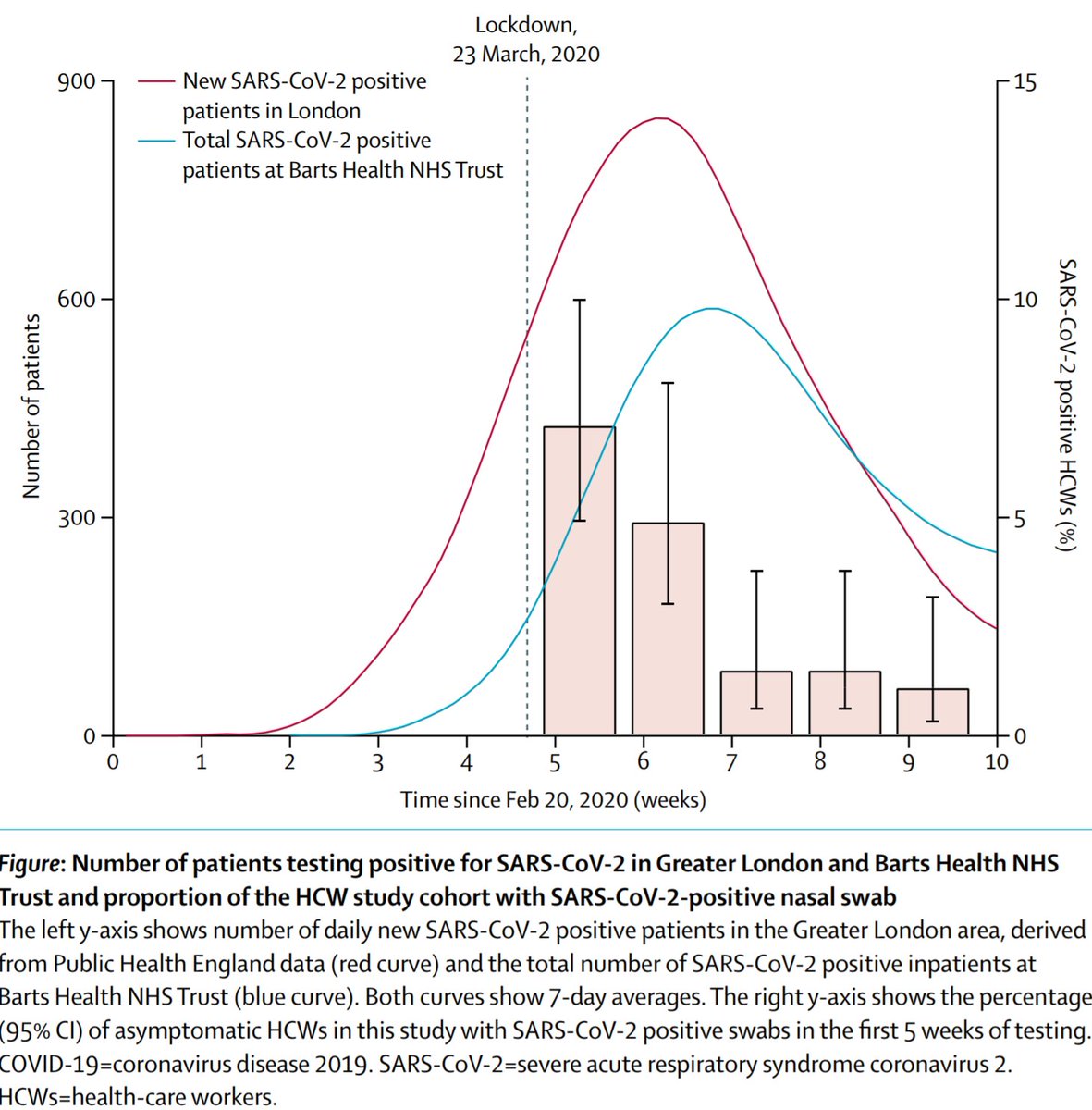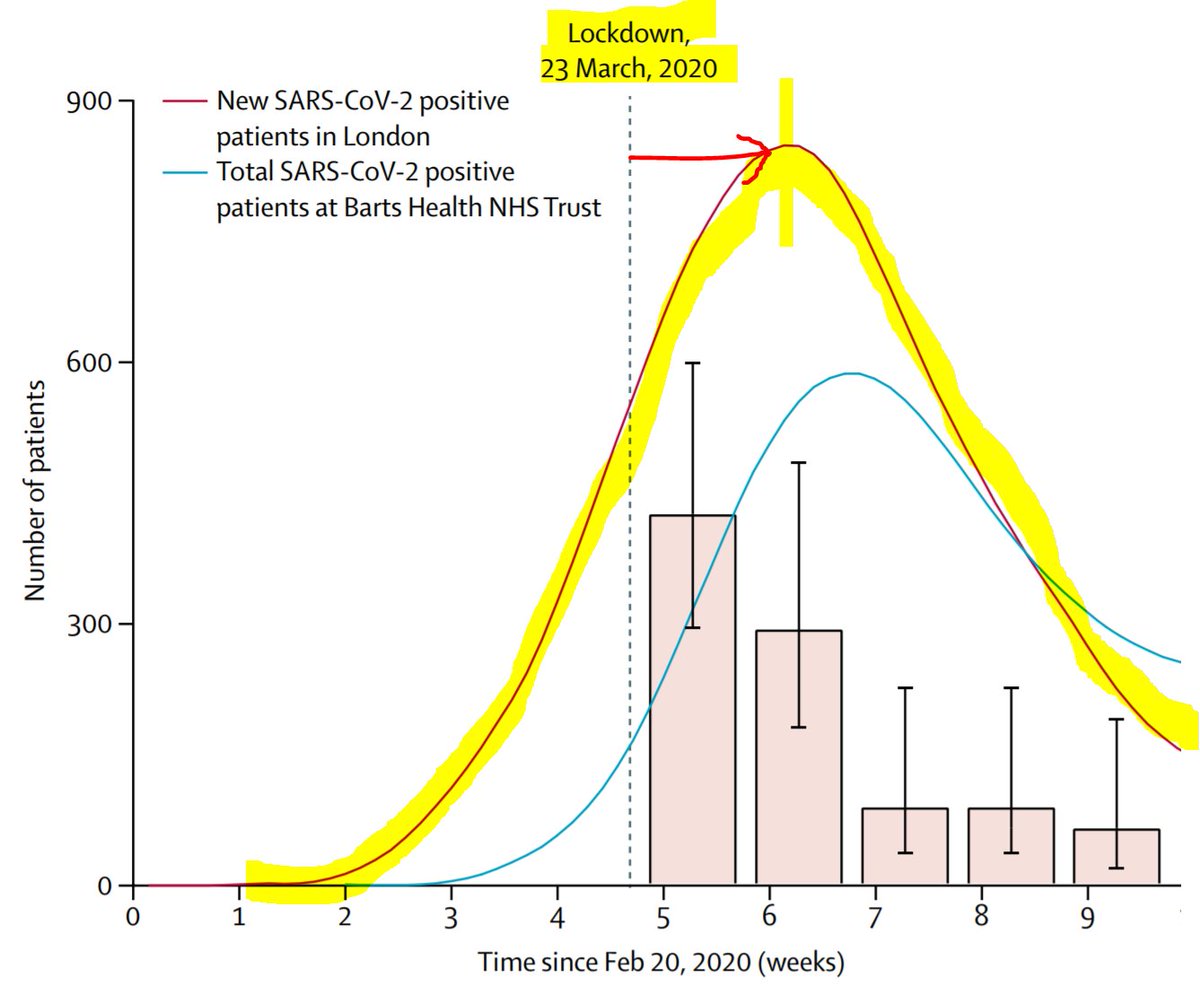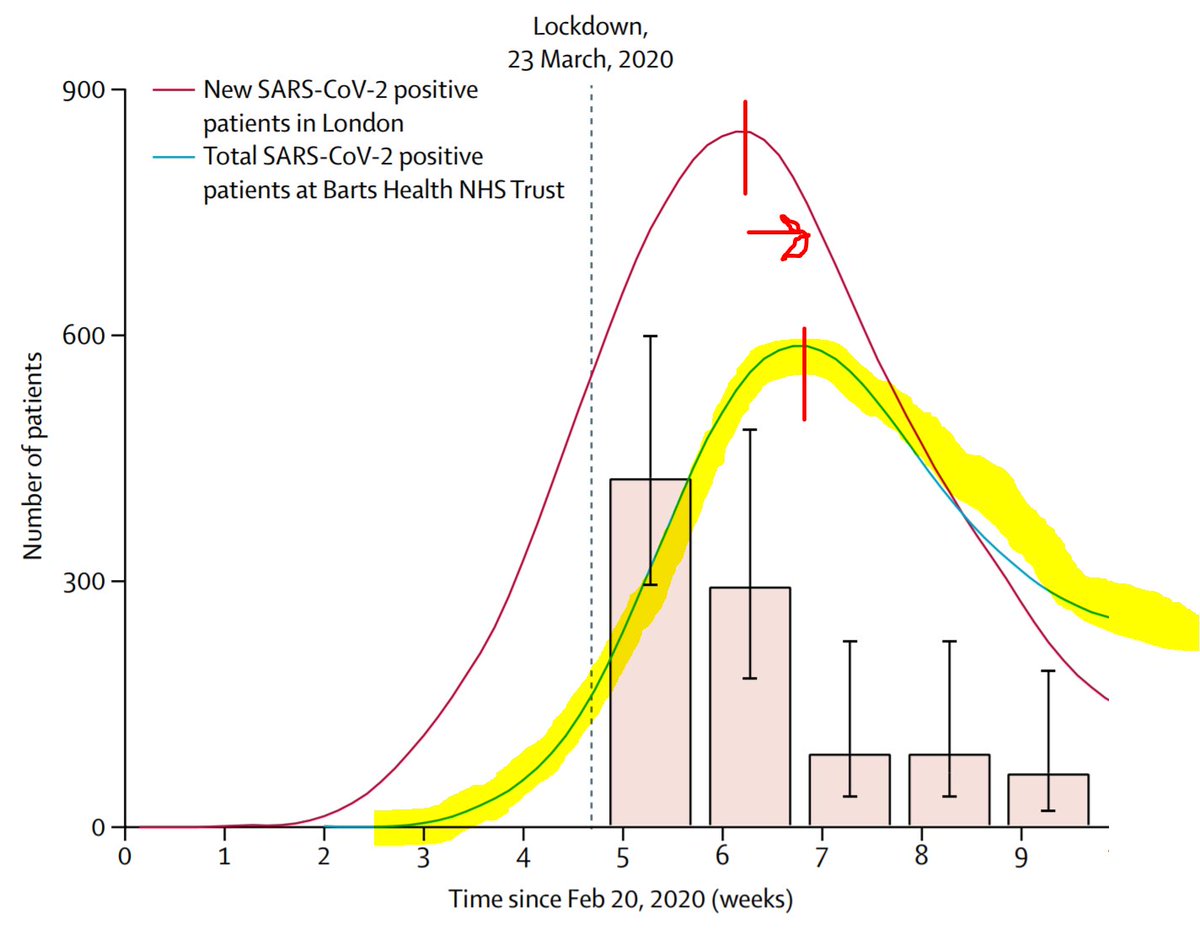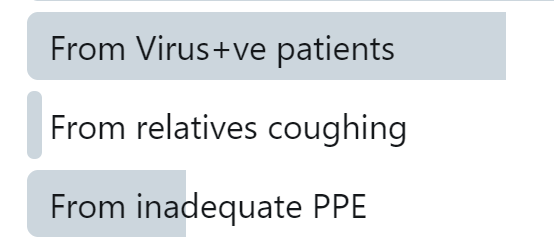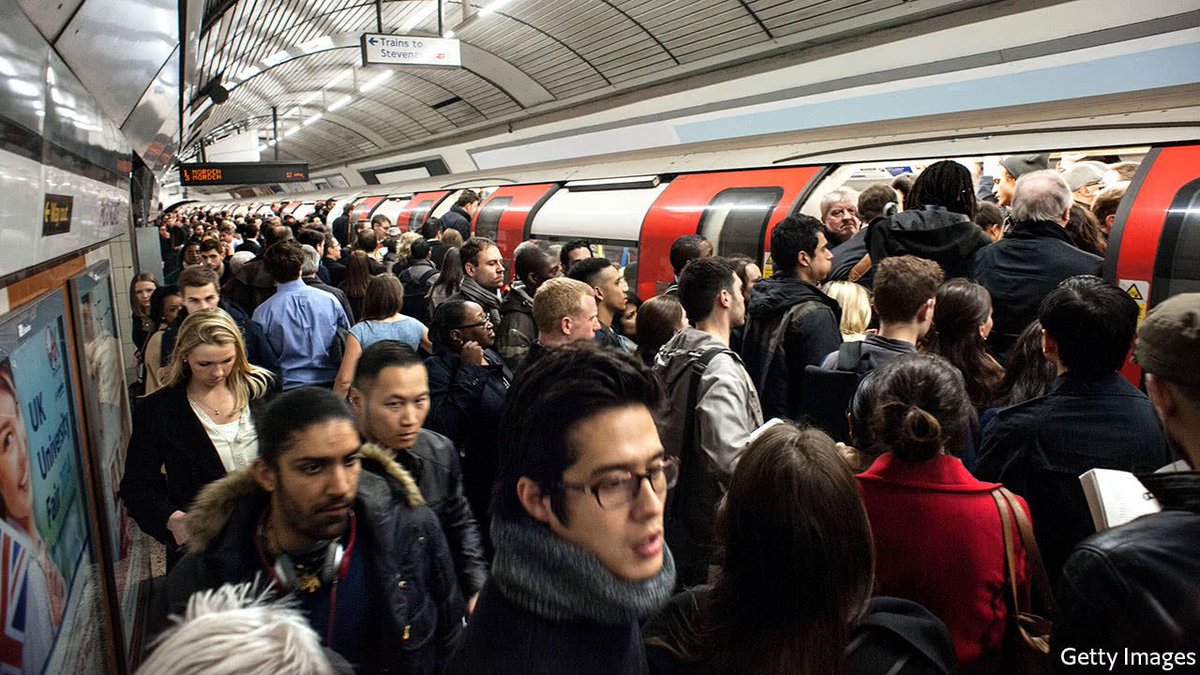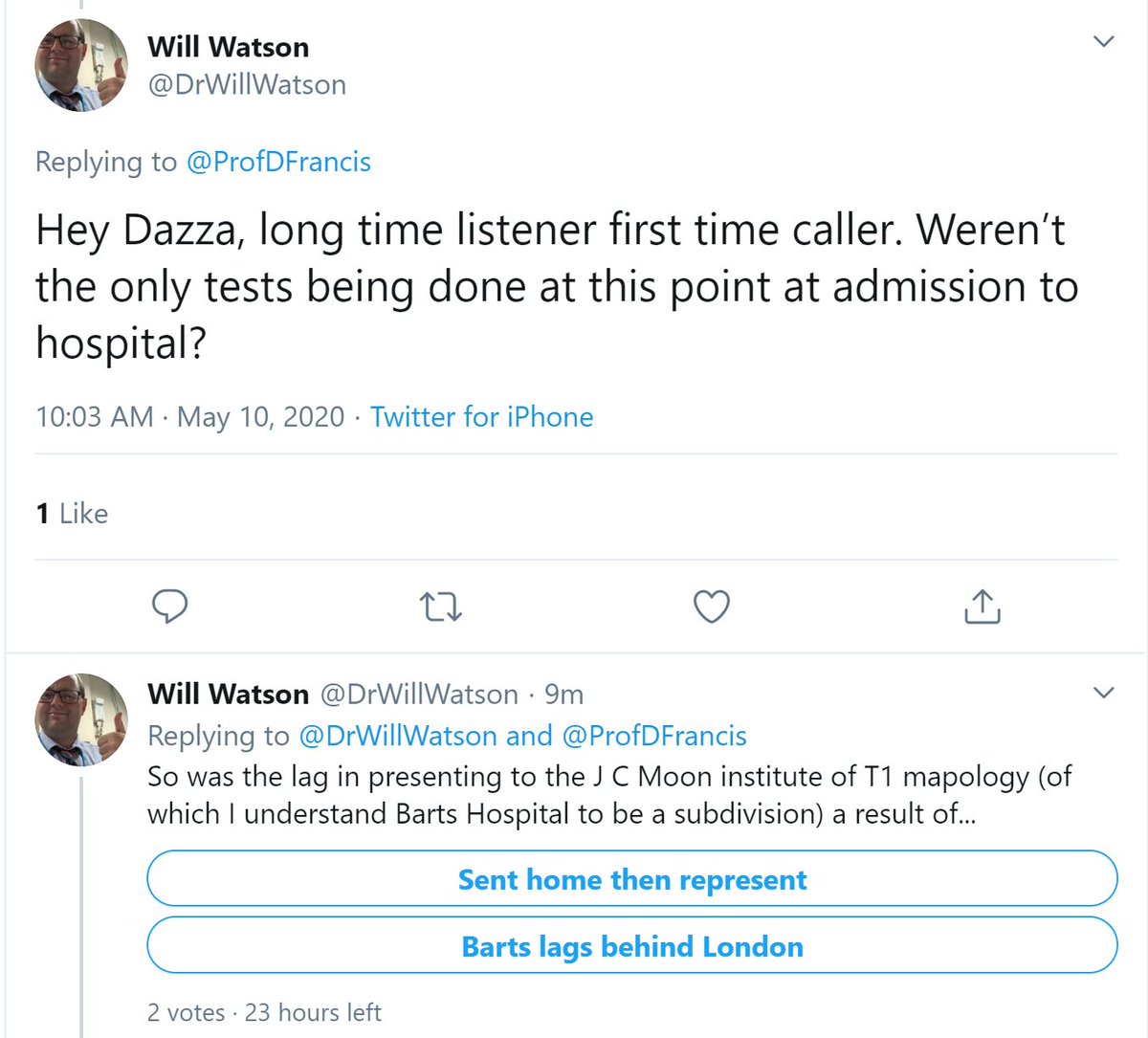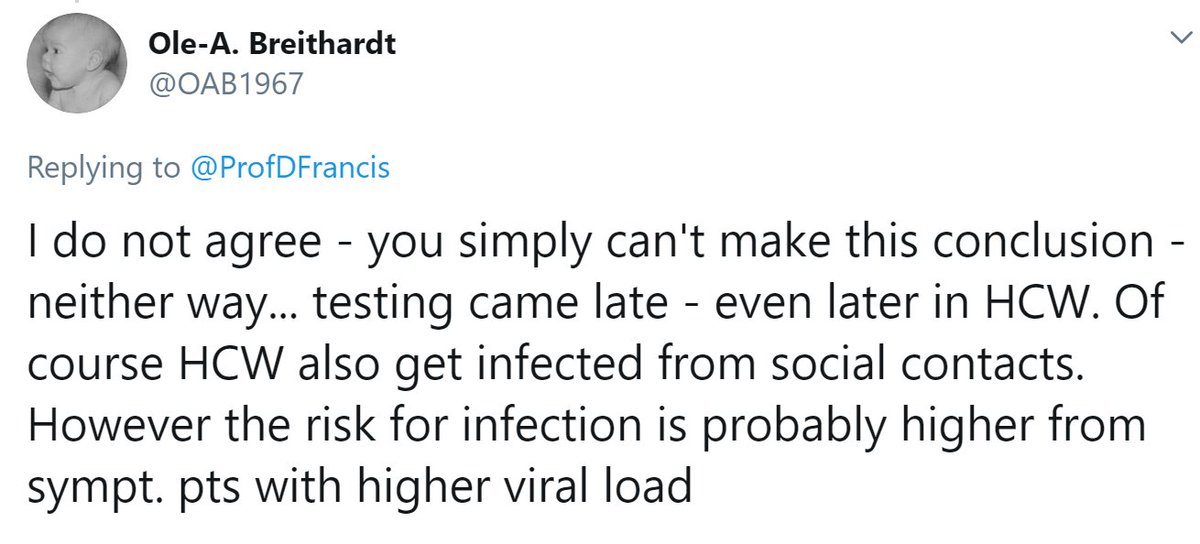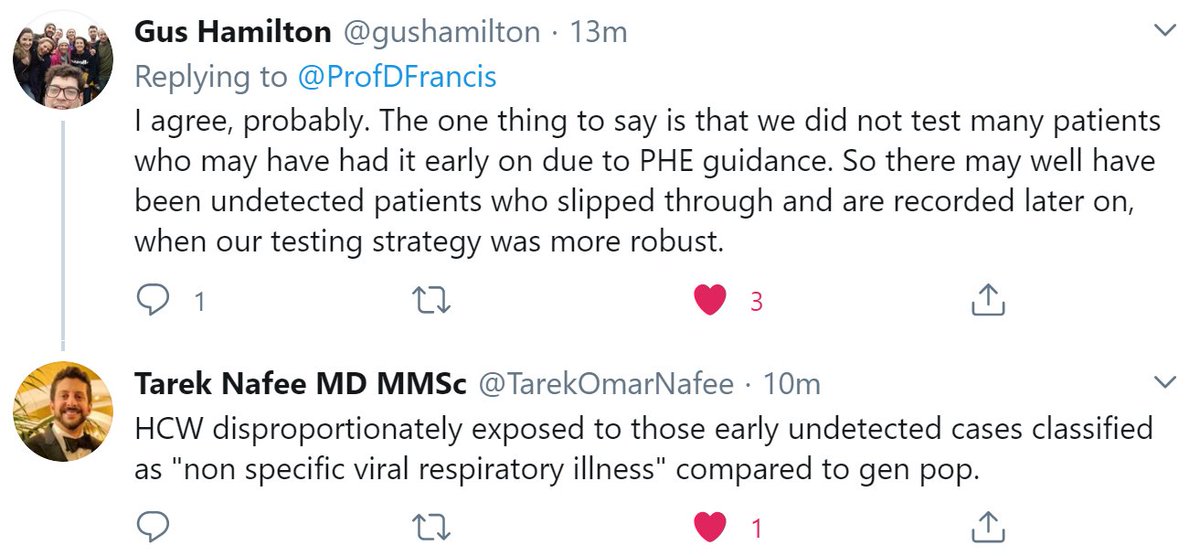Today& #39;s Tweetorial is courtesy of my friends Thomas Treibel, Charlotte Manisty, and James Moon!
First the challenge.
What do you make of this?
First the challenge.
What do you make of this?
Options
Well I couldn& #39;t understand the graph.
Fortunately the implausibly patient Dr Charlotte Manisty (who is an ORBITA-HQ escapee to Bart& #39;s Hospital --- come back soon Charlotte!) explained it to me a few times, until I got it.
Fortunately the implausibly patient Dr Charlotte Manisty (who is an ORBITA-HQ escapee to Bart& #39;s Hospital --- come back soon Charlotte!) explained it to me a few times, until I got it.
Here& #39;s my explanation for simple-wits like me.
Start with this sophisticated visualisation tool, that I repurposed from a Youtube Video for children.
Start with this sophisticated visualisation tool, that I repurposed from a Youtube Video for children.
Looking at that thin slice only, which car is in the lead?
How did you know?
Yes,
then you feel ill, and
then you get into hospital.
then you feel ill, and
then you get into hospital.
So which should curve should happen first, solely out of these two?
General population being found covid+ve?
People having to be admitted to hospital and found to be covid positive?
General population being found covid+ve?
People having to be admitted to hospital and found to be covid positive?
Now, *suppose* hospital staff were getting Covid mainly from their *non-work* (gen-population-like) activity, when would you expect their rate of Covid SWAB positivity to peak?
Let& #39;s now suppose the opposite, namely that hospital staff are getting Covid mainly *from patients*.
When would you expect their Covid swab positivity to peak?
When would you expect their Covid swab positivity to peak?
This curve is the general population rate of getting SYMPTOMS + positive covid test.
Notice it peaks about a week and a half after lockdown, which sounds about right, because it takes a while for symptoms and tests to happen.
Notice it peaks about a week and a half after lockdown, which sounds about right, because it takes a while for symptoms and tests to happen.
This next curve is the rate of people going into hospital with Covid.
In most cases, they started with milder symptoms, and then deteriorated to the point they couldn& #39;t manage at home.
So, understandably, there is a lag. Almost another week.
In most cases, they started with milder symptoms, and then deteriorated to the point they couldn& #39;t manage at home.
So, understandably, there is a lag. Almost another week.
Now comes the fun stuff. Is the rate of HOSPITAL staff being positive for viral RNA on throat swab,
peaking BEFORE the patients arrive,
or AFTER the patients arrive?
peaking BEFORE the patients arrive,
or AFTER the patients arrive?
Which?
So how did most staff catch the virus?
I can see people are keen to hand out kickings to the government, the NHS executive, and anyone who tries their best to decide what to do
But to pick these options just after seeing the data shows you are knee-jerking an emotional response rather than drawing rational inferences
But to pick these options just after seeing the data shows you are knee-jerking an emotional response rather than drawing rational inferences
If it was from Virus Positive patients, that *most* staff were getting their Covid from (note the word "most" that I carefully used), Covid-positive patients actually showing up in hospital and coughing on you, is the way to get it.
You can& #39;t get it from gazing out of the window wistfully, waiting for Covid patients to arrive in a few weeks!
Based on these data, I infer that the way *most* staff in Barts Hospital have been getting it from the general population has been the same way that *everyone* has been getting it.
From routine social contact.
From routine social contact.
I don& #39;t know when community testing became available.
I *do* think there will have been lots of people seen in hospital with mild symptoms, tested and sent home; of them most will have settled down, but some got worse and had to be admitted.
I *do* think there will have been lots of people seen in hospital with mild symptoms, tested and sent home; of them most will have settled down, but some got worse and had to be admitted.
And yes I think James gives the Barts Trust a fair degree of autonomy, as a wholly-owned subsidiary of the T1 institute.
Here is the link to the Research Letter in the Lancet.
No Paywall (and without risking arrest and deportation to Guantanamo bay)! Thank goodness for small mercies.
https://www.thelancet.com/action/showPdf?pii=S0140-6736%2820%2931100-4">https://www.thelancet.com/action/sh...
No Paywall (and without risking arrest and deportation to Guantanamo bay)! Thank goodness for small mercies.
https://www.thelancet.com/action/showPdf?pii=S0140-6736%2820%2931100-4">https://www.thelancet.com/action/sh...
Ole is skeptical.
I agree that symptomatic patients, who likely have a much higher viral load, are a greater threat than random people on the tube.
But we wear PPE and are careful around them.
While we sprawled (to the extent possible!) on the tube before corona was big news.
I agree that symptomatic patients, who likely have a much higher viral load, are a greater threat than random people on the tube.
But we wear PPE and are careful around them.
While we sprawled (to the extent possible!) on the tube before corona was big news.
Thanks to that excellent peer review (genuinely this time!)
Please may I revise my conclusion?
To the following:
Please may I revise my conclusion?
To the following:
Conclusion Part 1
"Currently (post Lockdown), the PPE and protocols are working sufficiently well to see infection rates amongst staff fade away, rather than rise with the covid admission rates."
"Currently (post Lockdown), the PPE and protocols are working sufficiently well to see infection rates amongst staff fade away, rather than rise with the covid admission rates."
Conclusion Part 2
"The bulk of staff infections MAY have come from patients admitted early in the epidemic, when testing was not available and PPE etc not in place or partial, OR from their everyday social contact e.g. travel. We can& #39;t tell from these data."
"The bulk of staff infections MAY have come from patients admitted early in the epidemic, when testing was not available and PPE etc not in place or partial, OR from their everyday social contact e.g. travel. We can& #39;t tell from these data."
I know that some people *know* the answer to the question in Part 2. They are just naturally confident people.
But for those who are curious to take a scientific approach, how can we test which is more likely to be correct?
Suggestions welcome.
But for those who are curious to take a scientific approach, how can we test which is more likely to be correct?
Suggestions welcome.

 Read on Twitter
Read on Twitter